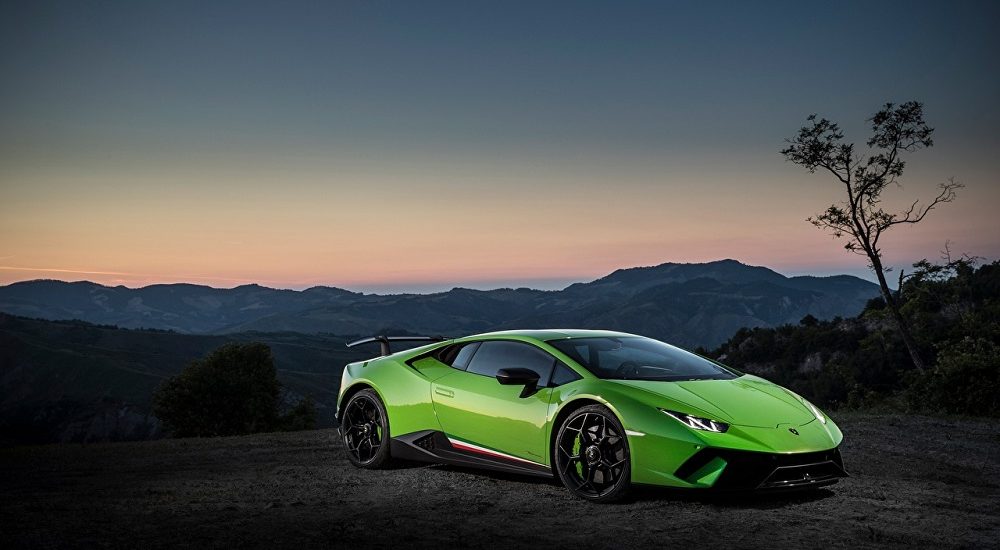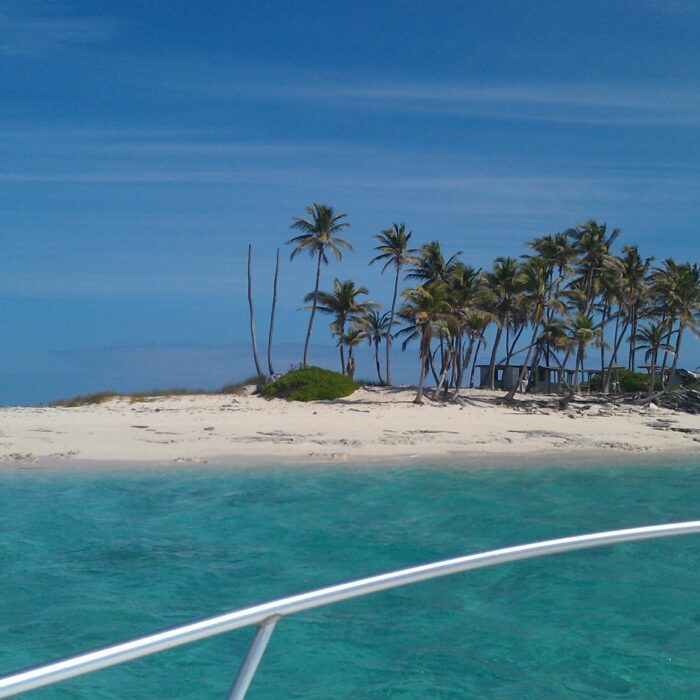Automobili Lamborghini S.p.A. is an Italian company, a manufacturer of expensive sports cars under the Lamborghini brand, as well as tractors Lamborghini Trattori. It is located in the comune of Sant’Agata Bolognese, near Bologna. The company was founded in 1963 by Ferruccio Lamborghini. Today we will tell you what Italian car queen is.
About Lamborghini company
The company specializes in the production of high-speed supercars, capable of accelerating to a speed of 350 km/h and even above. The firm belongs to Audi at the moment, but the latter is not independent – it, in turn, belongs to the Volkswagen AG concern.
The Lamborghini 350 GT appeared the first. The debut of the first race car took place at an auto show in Turin in 1963. During 55 years of production, a large number of sports cars were produced, which received excellent sales, and many supercars were also produced.
At the end of the 20th century, the Diablo and the Espada were very popular all over the world. Already in the first year of the 21st century experts created a completely new model of sports car – the Murcielago. Currently, the company’s capacity allows producing up to 2,000 cars per year.
In the near future, the release of the Lamborghini crossover is expected. In the model range, there are only coupe and cabriolets with very powerful engines and attractive design. Each Lamborghini car achieves high speeds and shows excellent dynamic performance.
The headquarters of Lamborghini is located in Sant’Agata Bolognese.
Ferruccio Lamborghini – the story of life and brand
The founder of the Lamborghini company – a capable, purposeful and strong-willed person, was born in 1916 under the sign of Taurus. As a child, he was constantly interested in various mechanisms, which made the grown up youth go to the engineering school in Bologna. The Italian army, where Ferruccio soon got into, became for him an excellent work experience as a mechanic. When the Second World War ended, he began to remake military equipment into an agricultural one, which became a very lucrative business – many orders strengthened Ferruccio’s financial position. He began to use the image of a bull as an emblem.
By the end of the 1940s, Ferruccio had developed and began to produce a tractor. In the 1950s, his company produced heating and air conditioning systems. The profit grew, and the owner of the company Ferruccio Lamborghini began to afford expensive purchases – the Mercedes 300SL, the Maserati 3500GT, the Jaguar E-type and several Ferrari 250 GT. However, they didn’t satisfy him. He wanted something of his own.

By the time Ferruccio decided to create a factory for the luxury sports cars production, he was already a very rich man, an influential and successful businessman who clearly understood what he wanted, and he always achieved it. But when he said that he was going to build the best sports supercars in world history, many decided that he went crazy. The creation of such models was considered a manifestation of inexplicable extravagance, a dangerous step into the unknown, something that he could spend his fortune on without the slightest hope for profit.
Ferruccio started to work on the project at the end of 1962, and by May 1963, Automobili Ferruccio Lamborghini SpA was created. Former employees of Enzo Ferrari began to work in it – Gian Paolo Dallara, Giotto Bizzarrini and Bob Wallace. A large plot of land was acquired in Sant’Agata Bolognese, 25 km from Bologna and 15 km from the Ferrari factory in Maranello. A new large and, at that time, ultramodern factory quickly appeared on the site. Having considerable management experience of other companies, Ferruccio managed to organize the best production to achieve the goal, with a functional structure that was unrivaled in the automotive industry of that time. A huge, bright and spacious main workshop was located next to the office building, which allowed management to constantly monitor production. This was the perfect solution for Lamborghini, who wasn’t ashamed to roll up his sleeves and work with future supercars if he saw that the process wasn’t going the way he wanted to see.
Ferruccio organized the official presentation of the Automobili Ferruccio Lamborghini production at the Turin Motor Show, presenting a stunning 350 GTV supercar, which was soon recognized as a true masterpiece among the models with twelve-cylinder engines. It was a two-seater coupe with a 3.5-liter engine with capacity of 347 horsepower. The top speed was 280 km/h, and the car went zero to 60 in 6.7 seconds.
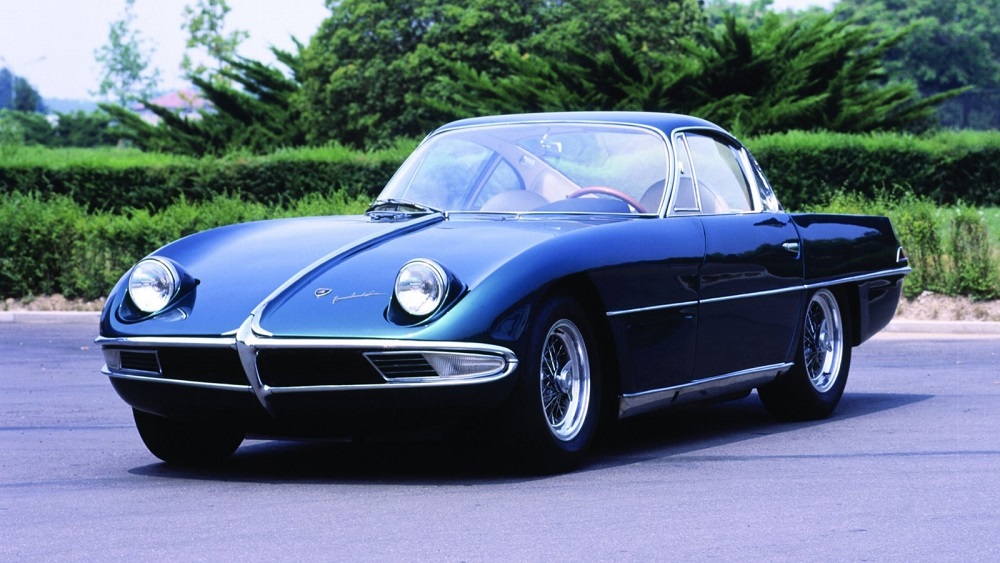
In the following 1964, the prototype had already turned into a serial model, which received the 350 GT designation. Soon, the 400 GT model followed, released in 120 copies. Successful sales allowed the company to save money for the development of the legendary Miura, debuting in March 1966. This car glorified the brand around the world. Its “schtick” were the headlights located flush with the hood, that turned into a vertical position when turned on. Under the hood of the Miura, there was a transversely located V12 engine with a volume of 3.9 liters and capacity of 350 hp. The Miura body was made of aluminum. In 1968, a modification of the Lamborghini Miura P400S with electric glass windows, a chrome trim around the windows, an updated dashboard and a more powerful (20 hp) engine was introduced.

Dedication and enthusiasm of Lamborghini motivated the company’s mechanics and engineers to create more and more advanced sports supercars, such as the Islero, the Espada and the Jarama – release of each of these models became a stunning event for the whole world. So, in 1968, the Islero 400 GT debuted, which was named after a bull that killed the famous bullfighter Manuel Rodriguez in 1947. Also in 1968, the famous Espada (“sword”) model was introduced. It became the brand’s first four-seat car, which was positioned as a “family supercar.” Today, the Islero and the Espada celebrate a half-century anniversary.
In 1970, a small Lamborghini Urraco P250, designed by Marcello Gandini, was produced. The car was equipped with an eight-cylinder 2.5-liter mid-engine with. In addition, the Jarama 400 GT with a 4.0-liter V12 engine appeared in the same year.
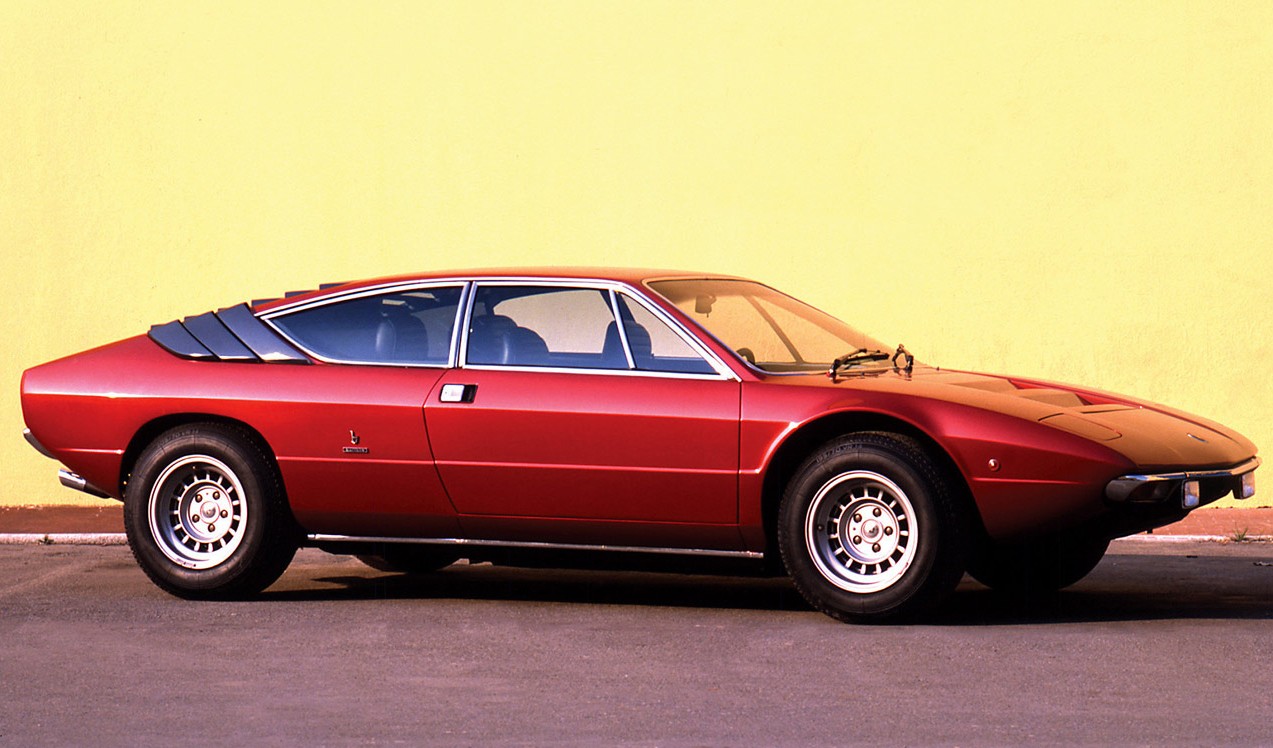
A year later, the presented Lamborghini Countach prototype made a splash. It got vertically opening doors, a four-liter power unit and rear air intakes. With a 365-horsepower engine, the car accelerated to 300 km/h. The serial version of the car was introduced in 1974. The latter had a less futuristic appearance, but the exterior remained original and catchy.
Despite the constant growth in the production volume and the number of employees, Ferruccio Lamborghini always retained the leading and strategic role in the company. It was he who initiated the now well-known tradition of giving models names after the bulls participating in bullfighting – noble, strong, inspiring fear – just like the supercars he produced.
Ferruccio Lamborghini died in his own estate in 1993 at the age of 76 years. The release of the Lamborghini Centenario model was dedicated to his 100th anniversary was dedicated. It paid tribute to the courage, gift of foresight and the unique character of the company’s founder.
How was it that Automobili Ferruccio Lamborghini SpA changed its owner
In the early 1970s, the company began to face financial setbacks. A contract for the supply of a large shipment of cars, intended for South America. Ferruccio Lamborghini sold his share of the Fiat tractor production company, and the share of car production – to Swiss investors Georges-Henri Rossetti and René Leimer. One of the reasons for this decision was the small interest of Ferruccio’s son in the car company management. However, the new owners also paid little attention to the Lamborghini brand’s development.
The unenviable situation worsened with the outbreak of the world fuel crisis, which reduced buyers’ interest in sports cars. The remaining customers were disappointed by the need to wait for the ordered cars for two years. This difficulty arose from the disruption in the supply of spare parts.
To stay afloat, Lamborghini made a deal with BMW, according to which it carried out the production and debugging of sports car, which entered the market under the M1 name. To perform the contract, the company took a large loan from the government of Italy. At the same time, a contract was signed with the American Mobility Technology International on designing a high-speed army SUV using the Chrysler engine. The model was named Cheetah and presented in 1977 during the Geneva Motor Show. It caused an incredible interest among public, which couldn’t expect anything like this from Lamborghini.
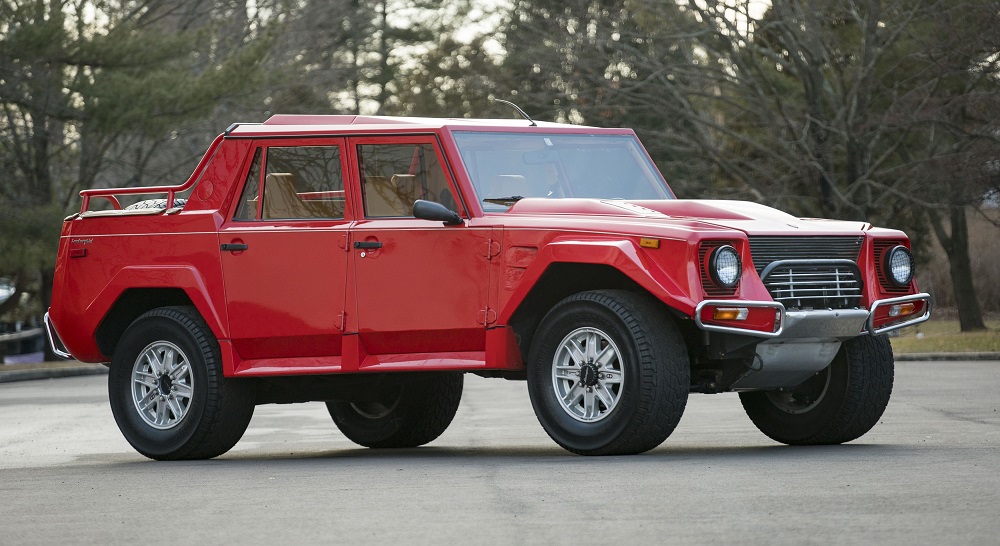
Work under the contract with BMW was delayed in time, as the company spent most of the money on the Cheetah. The German automaker lost patience, and the agreement was terminated.
In 1978, the company had to declare itself bankrupt and to be taken over by state administration. To reduce costs, the Silhouette, the Urraco and the Espada models were removed from the assembly line. In 1980, the brand came under the Mimran Group control. Under the leadership of Patrick Mimran, who became the company’s president, the Jalpa sports car with a targa body and the LM001 SUV, made on the Cheetah basis, were also produced. The LM001 was equipped with a 3.6-liter V8 or a 4.7-liter V12. A year later, its improved version LM002 with a 455-horsepower V12 engine, which volume was 5.2 liters, appeared. It was moved forward and the suspension was upgraded a little.

1987 led to another change in the owner of the Lamborghini brand. This time the brand fell under the wing of the American company Chrysler, which focused on the development of the Diablo model, which replaced the Countach. It took a lot from its predecessor, including the layout, the space-frame chassis, reinforced components made of composite materials, as well as the body designed by Marcello Gandini. The motor with a volume of 5729 cm3 produced 492 hp. The car could accelerate to 325 km/h, and the acceleration to 100 km/h took 4.1 seconds.
In 1994, Chrysler experienced serious financial difficulties and had to sell Lamborghini to the Indonesian investment group. Four years later, the latter, also having financing problems, transferred the Italian brand “under the wing” of Audi, which is a part of the Volkswagen AG. The new owner has had a significant impact on the appearance and technical filling of Lamborghini models. In particular, under its leadership, one of the most impressive supercars, the Murciélago, appeared, replaced the Diablo in 2001. By 2010, 4099 models had been produced, making it the most mass-produced car with a 12-cylinder engine in the company’s history.
The Lamborghini Gallardo became the brand’s most popular model: for 11 years of production, they made 2903 copies of the compact car, appeared in 2003. This was followed by the appearance of a number of the brand’s high-profile novelties, one of which was the Lamborghini Aventador, replaced the Murciélago in 2011. It received a 6.5-liter 12-cylinder engine, developing a capacity equivalent to 700 hp. The maximum speed of the Aventador is 350 km/h, and acceleration to 100 km/h takes 2.9 seconds.
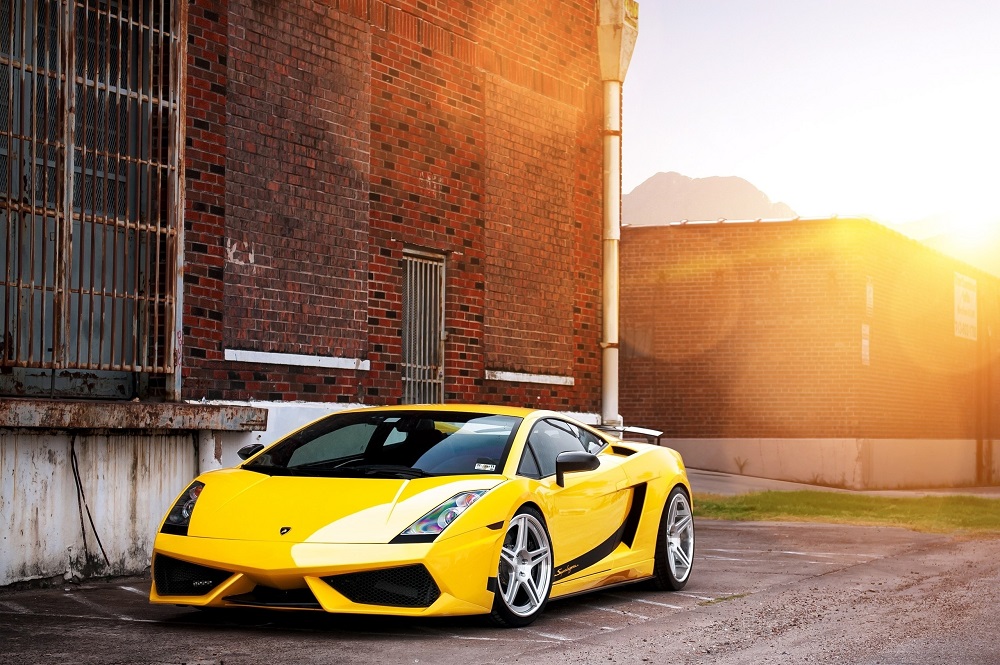
In 2014, the public was shown a replacement of the Gallardo – the Lamborghini Huracán with a 5.2-liter 10-cylinder engine with a capacity of 610 hp. Its maximum speed is 325 km/h.
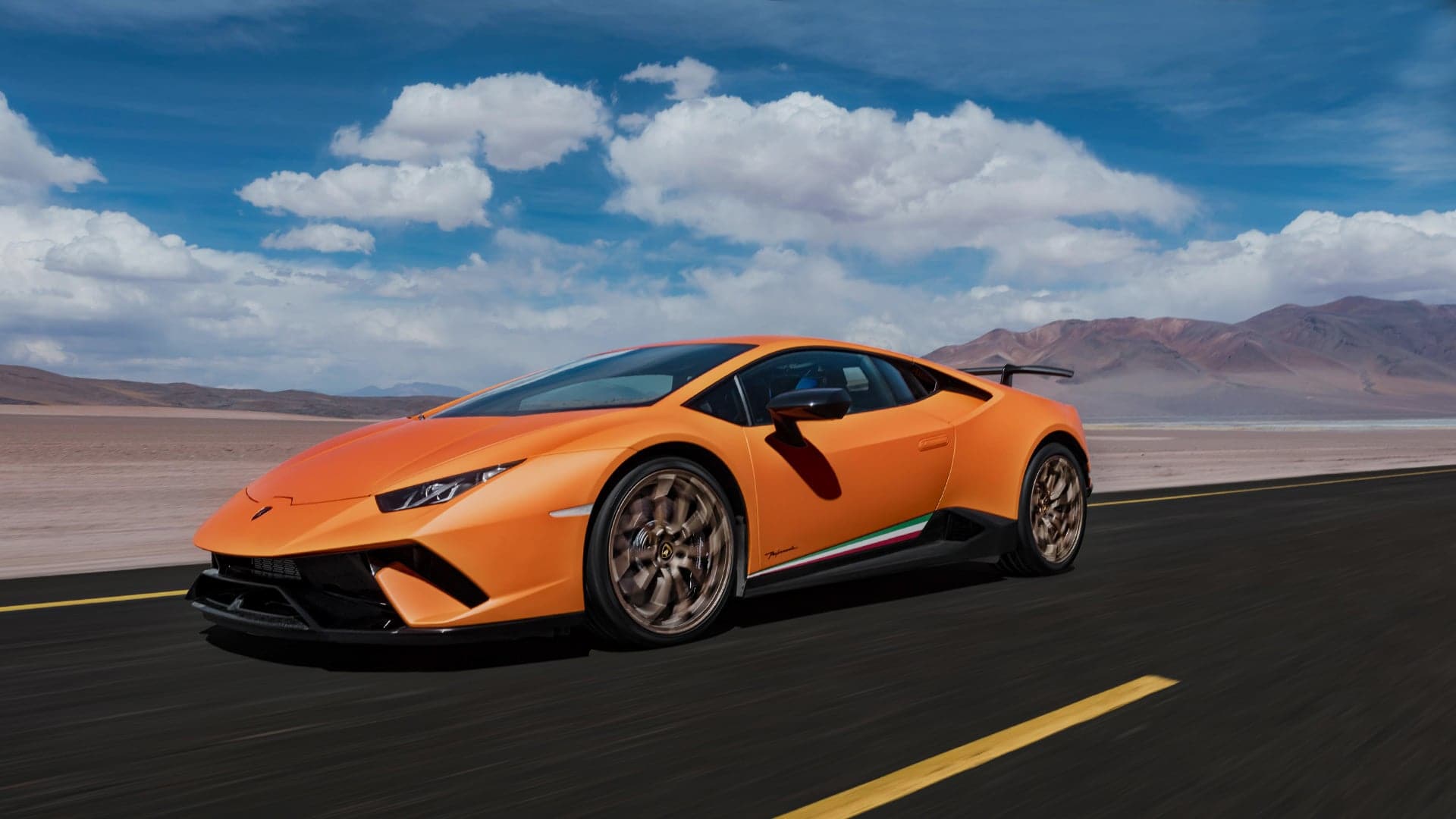
Today, Lamborghini is one of the leaders among the supercars manufacturers, which presented the world impressive cars and innovative concept cars. Brand cars cann’t be confused with others, they are positioned as aggressive and masculine auto for the elite. But even driving Lamborghini, you need to have a driver’s license. It is optimal if the latter conforms to the international model. It is quite easy to issue such a driver’s license – it’s done here, on this site, in a few minutes.

Published December 21, 2018 • 12m to read

